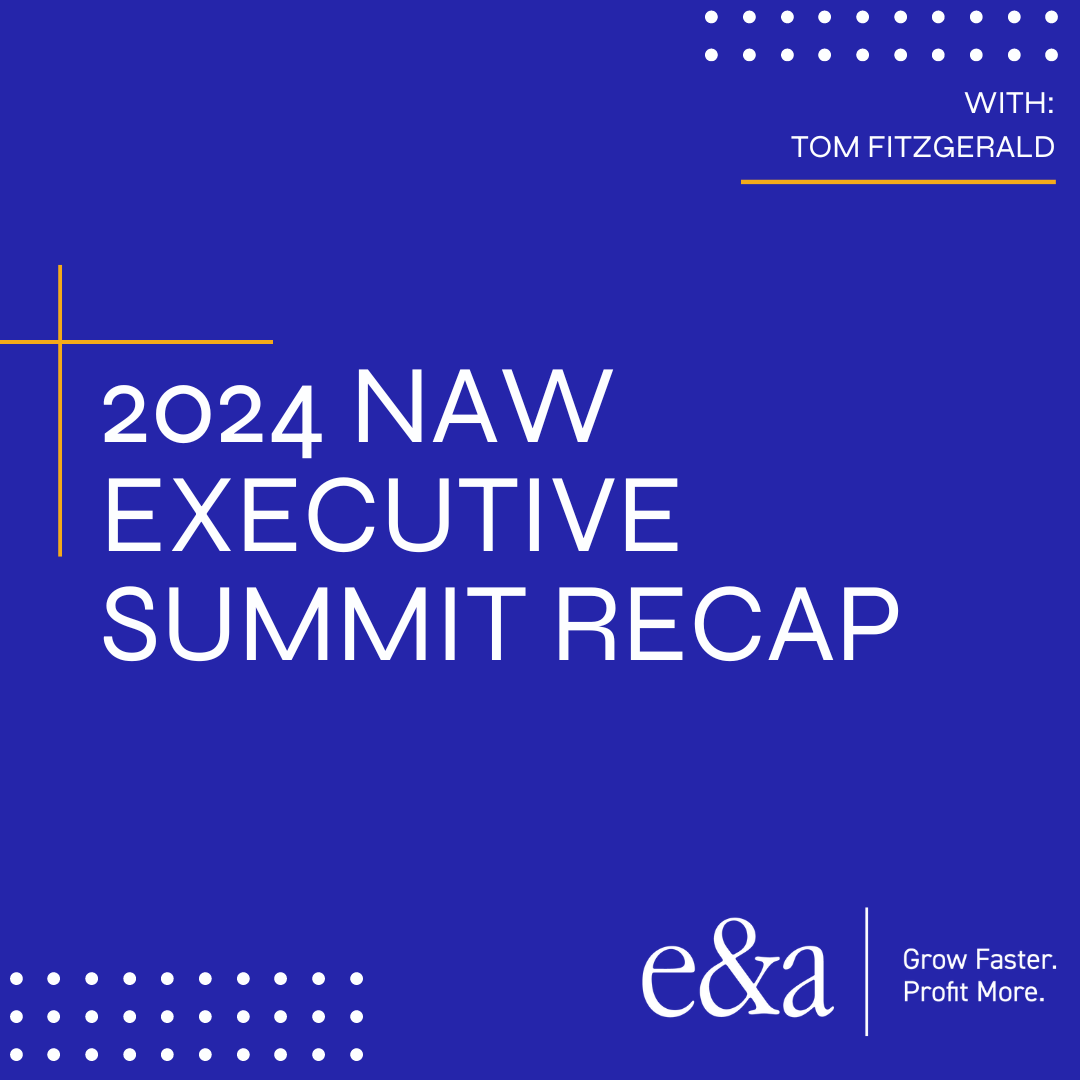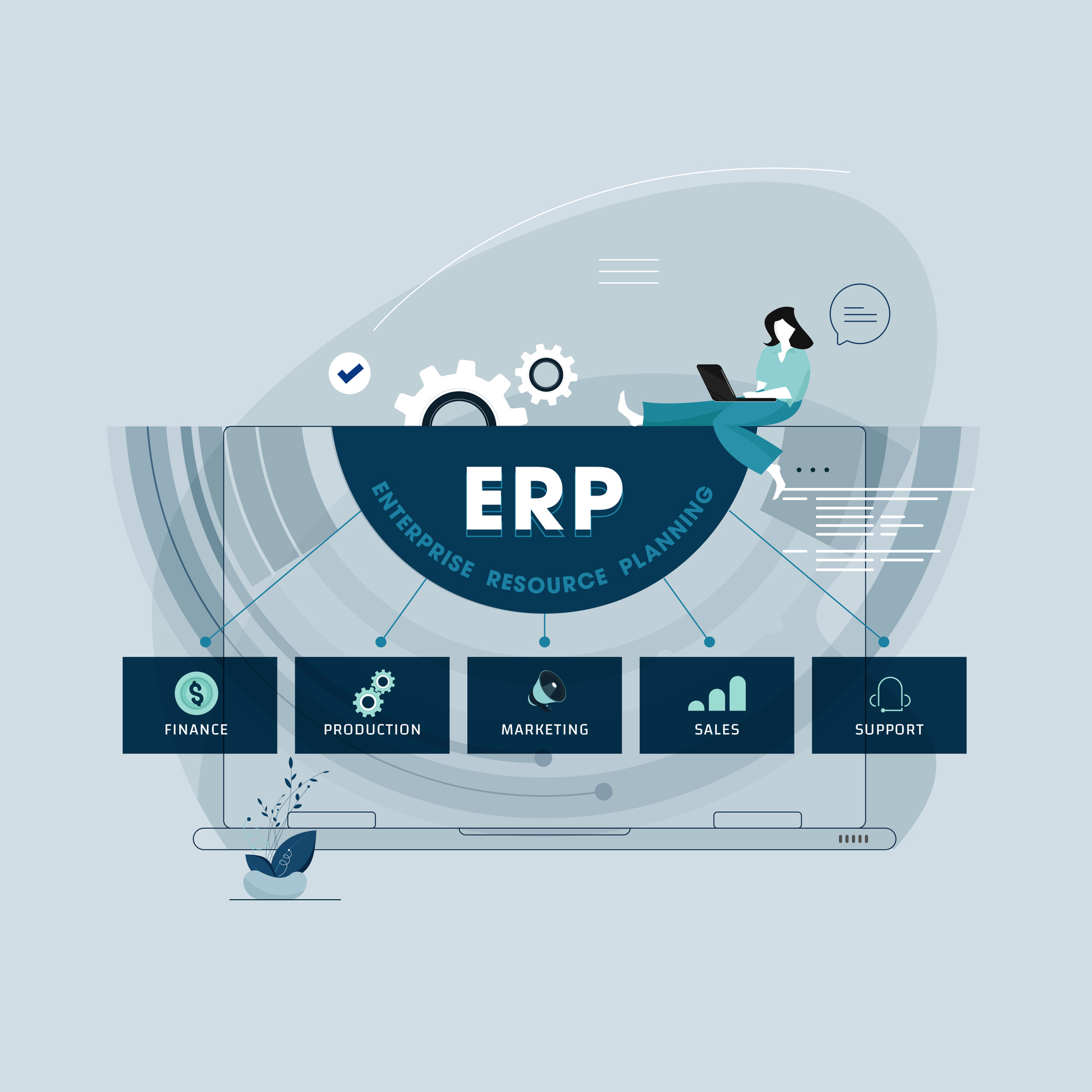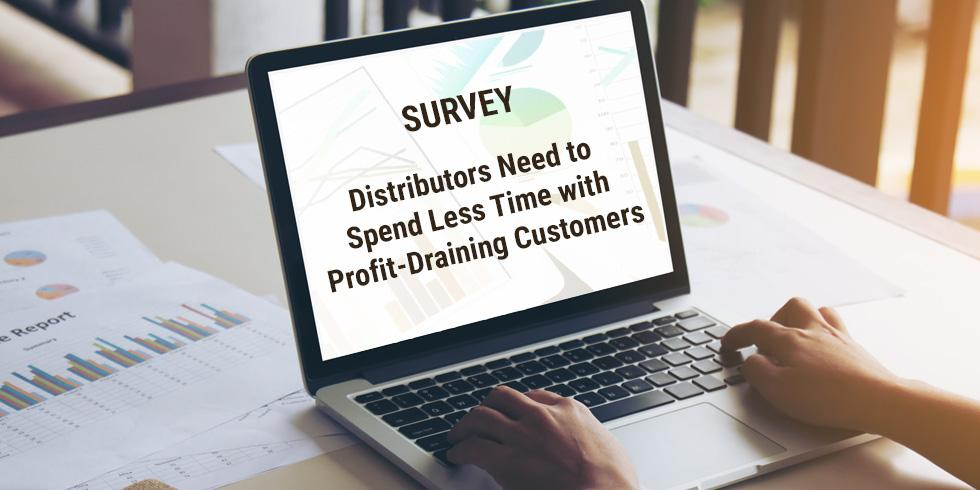How distributors can align the right messages with the right customers in the right places.
As a distributor, you know that customer-facing business documents provide an excellent opportunity to promote your business. Your existing customers are the best source for growing sales, so it’s a no-brainer that you whenever you send a document to one of your happy customers, you consider it an opportunity to also reinforce your value proposition.
Many distributors have long used business documents such as Quotes, Invoices, and Packing Slips to communicate to their customers, but most give little thought to the opportunity for going beyond the basics and use this as an opportunity to get the right messages in front of these customers. Too often, this valuable opportunity is wasted by including mundane messages such as, “Thank you for your business.” Although it’s nice to be nice (as mom might say), the problem is that undifferentiated messages such as these do not contribute to your wholesale distribution strategy for building customer satisfaction, nor do they help secure more of the kind of business you want to do. How can it be otherwise when the message has little to do with how your company relates to its individual customers?
Many distributors are using email as the primary channel for sending these documents to their customers. These emails also represent an opportunity to control messaging via the subject, body, and other attachments that are included. The book titled, “Sales and Marketing Optimization: Developing Competitive Value Propositions in Distribution” is an excellent resource for distributors who want to learn how to communicate more effectively with their customers. Published by the National Association of Wholesaler-Distributors’ (NAW) Institute for Distribution Excellence, the book suggests that distributors deliver focused messages that are designed to resonate with the various customer groups they serve.

Improve Your Wholesale Distribution Strategy with Customer Stratification
The NAW recommends that distributors use Customer Stratification to gain greater insight into their customers. Testing the variables of buying power, cost to serve, loyalty and margins, Customer Stratification segments the distributor’s customers into four groups, as follows:
- Core – customers who are most loyal and profitable
- Opportunistic – customers who generate good gross margins but are not loyal
- Marginal – customers who do not provide high revenues or loyalty
- Service Drain – customers who generate low profits and have a high cost to serve
Understanding how an individual customer aligns within the Customer Stratification model can empower the distributor to fine-tune its marketing message. The products and services that are most relevant to the customer should be emphasized accordingly.
So, how does your messaging fit into this? As suggested above, these documents are high-visibility touch points for communication that tend to be underappreciated by many distributors. We are suggesting that you think about these humble documents anew.
One caveat to keep in mind: messages that find their way into business documents ad hoc are no substitute for a comprehensive customer communication strategy. Ultimately, you should apply these concepts to everything you do.
A technical note is in order, too. Your Customer Stratification software will need to insert each customer’s value into your enterprise resource planning (ERP) system. Then, you can apply the concepts discussed below and program your document management software to dynamically output to the appropriate document. The screenshot above shows the Customer Stratification Type displayed in the Customer Inquiry screen in Infor’s CloudSuite Distribution, a leading ERP for wholesale/distributors.
How to Leverage Customer Stratification to Improve Your Wholesale Distribution Strategy
So, how might you improve your wholesale distribution strategy by leveraging the insights gained from a Customer Stratification analysis to deliver on-point messages that resonate with the four customer groups you serve? Consider the following examples:
Core – The packing slip message sent to Core customers might be crafted to highlight a value-added service your company can offer to this group, your most valuable customers. For example, you may have sales engineers on staff whose specialized knowledge of the industry is useful to customers who want to bid on complex construction or industrial projects. Or you might have opportunities to rent equipment to customers who otherwise wouldn’t have the need to purchase the item. And so on.
Applying business logic from your ERP application and outputting the data through your document management application should be used to personalize the message. To continue the example above, if you know that a Core customer has purchased an item from a product class that you support with in-house sales engineers, your message might read: “Did you know that we support [PRODUCT CLASS] with industry experts who can help you win more bids? Call us today for details.”
Simply put, the goal of the packing slip message to Core customers is to explain how your company’s value-added services can help them be more successful.
Of course, Core customers should be getting much more than specialized packing slips. From the moment the order is received to when it’s picked, packed, shipped and delivered, your people should know that they’re handling a VIP customer. But that’s another discussion.
Opportunistic – These customers tend to buy from you when their primary suppliers are out of stock. Put another way, Opportunistic customers represent your competitor’s best customers. To win over this customer group, the NAW advises that you do not resort to price cutting. That will only turn Opportunistic customers into Service Drain customers.
Instead, consider inserting messages to inform Opportunistic customers that you can do more for them. Let these customers know that you can be their go-to source for more of what they need. Again, a best practice is to send variable product information from your ERP system into the document management application that creates the message onto the form: “If you like [PRODUCT X], call to ask us about [PRODUCT Y]”.
The dynamic generation of personalized messages might seem like a small thing, but it demonstrates that you understand your Opportunistic customer’s needs. It can be an important point of distinction that helps you win more business.
Marginal – Due to their low revenue and low loyalty, you should avoid over-committing your valuable sales resources to Marginal customers. Behavior modification is necessary if you wish to maintain mutually beneficial business relationships.
This suggests a message that encourages Marginal customers to access low-cost resources such as your self-service portal or website. Combined with the insertion of variable data, the message can work towards the goal of alleviating pressure on your customer service representatives: “Visit XYZ.com for greater selection and pricing on your next order of [PRODUCT CATEGORY].”
These messages should be part of your strategy to lower the cost to serve among Marginal customers.
Service Drain – Service Drain customers typically purchase in volume and have a good degree of loyalty. The problem is that Service Drain customers are net money losers because they demand a high level of service from you. It’s critical that you communicate the value your company provides as a way of nurturing a more constructive, win-win business relationship.
Your messages should affirm your value proposition to Service Drain customers. Send a message that relates to the specific industries you serve. Once again, an interface between your ERP system and document management software is helpful for inserting the appropriate message. For example, if you know from the ERP that the customer is classified as a manufacturer, the message might read: “Got lean? Learn why manufacturers say that our JIT stocking services are second to none.”
Service Drain customers need to know that your services are worth paying for. Reinforcing your value proposition with document messages can contribute to building your brand and improving your bottom-line profitability.
As you can see, your wholesale distribution strategy for growing sales can be greatly impacted by something as mundane as messaging in a document. Placing the right message with the right customer can play a critical role in your greater communications strategy to cultivate more of the kind of business you want to do.















